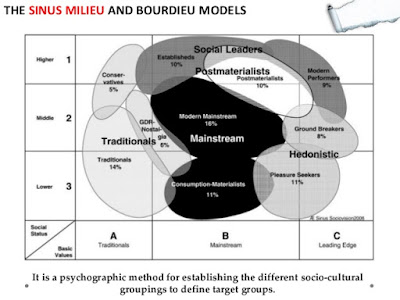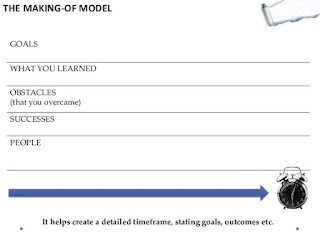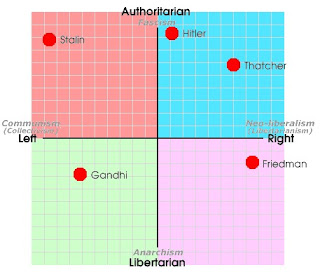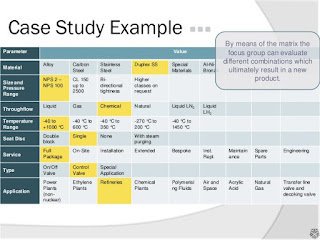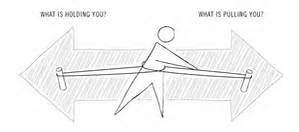WHY 80 PERCENT OF THE OUTPUT IS ACHIEVED WITH 20 PERCENT OF THE IMPUT
At the beginning of the twentieth century, the Italian economist Vitfredo observed that 80 percent of Italy's wealth belonged to 20 percent of the population. And thats not all: 20 percent of workers do 80 of the work; 20 per cent of criminals commit 80 percent of the crimes: 20 percent of car drivers cause 80 percent of accidents: 20 percent of hedge funds invest 80 percent of the money, 20 percent of pub goers consume 80 percent of the alcohol. We wear 20 percent of our clothes in our wardrobes and spend 80 percent of our time with 20 percent of our friends. In business meetings, 80 percent of the decision are made in 20 percent of the time and 20 percent of the company’s clients (products) are responsible for 80 percent of its turnover.
Of course, the Pareto rule applied to everything (mathematicians prefer the more precise ’64/4’ rule because 80 percent of 80 is 64 and 20 percent is 4). But anybody who wants to plan their time optimally should know that roughly 20 percent of the time spent on a task leads to 80 percent of the results.
I am definitely going to take a course on time management.. just as soon as I can work into my schedule Louis E Bone


